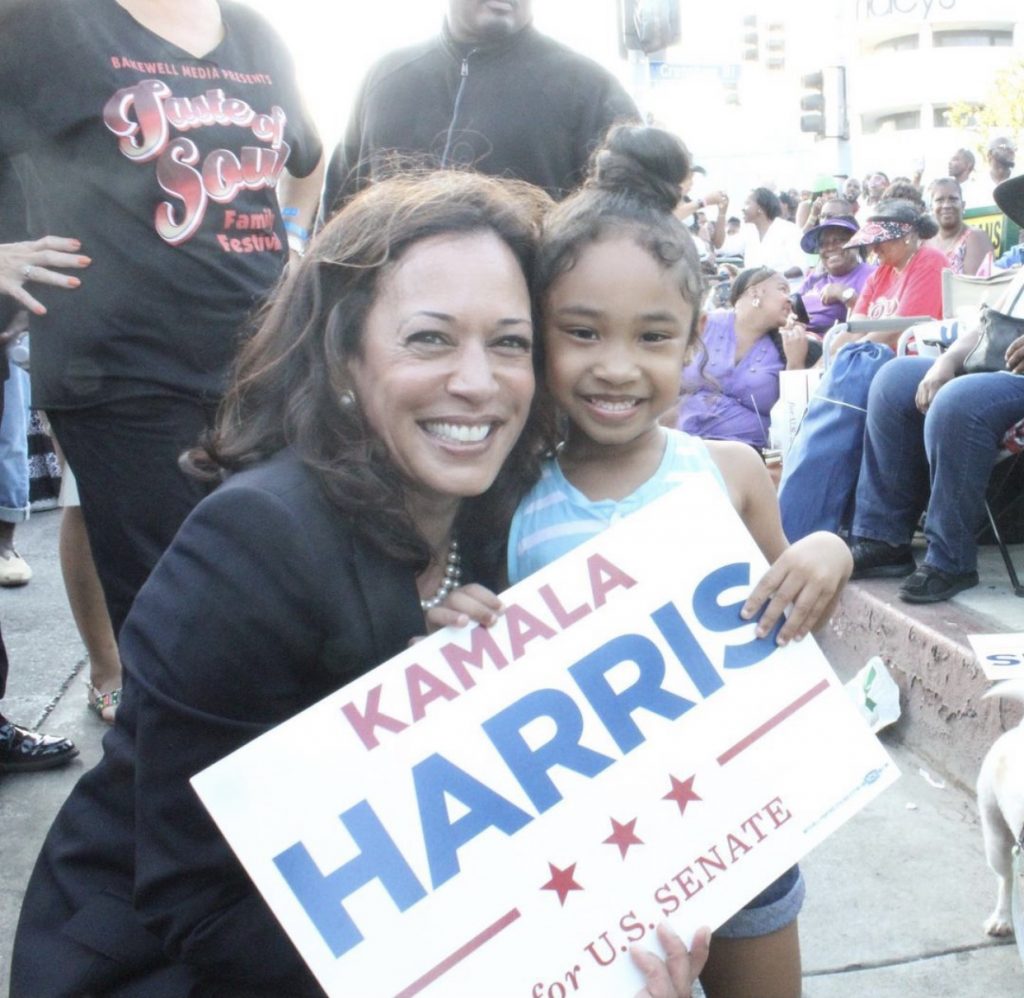
On Wednesday, Jan. 20 of this year, history was made when Kamala Harris was sworn in as the 49th Vice President of the United States of America. She became the first female, the first African American and the first Asian American vice president in American history. Vice President Harris was raised by Donald Harris and Shyamala Gopalan, who were from Jamaica and India respectively.
This historic event has led to discussions about what is known as the “role model effect,” which helps people advance in their personal and professional lives by looking up to someone successful with whom they share a trait, generally race or gender, to make success seem more attainable.
Harris has publicly acknowledged the importance of traditionally underrepresented role models.
“My mother would look at me and she’d say, ‘Kamala you may be the first to do many things, but make sure you are not the last,’” Vice President Harris said.
This speaks to the impact that the role model effect can have. It not only raises girls’ expectations and confidence for themselves but it, in turn, can cause the rest of society to see that women or minorities are capable of anything that white men are.
A study was done by the Massachusetts Institute of Technology (MIT) on the role model effect that supports this idea. The co-author of the study, economist Esther Duflo, traveled to 495 villages around India and surveyed families with children aged 11 to 15 in an effort to determine whether there was a gap in expectations for male and female children. In villages that never had any female political leaders, Duflo and her team found that parents were 45 percent less likely to expect their daughters to continue beyond secondary school. The girls themselves were 32 percent less likely to have those aspirations.
In villages where women had an active role in government, however, the survey found that parents had the same educational expectations of their daughters as for their sons. Researchers also found that girls were 25 percent more likely to expect to achieve the same level of education as their male peers.
“We think this is due to a role-model effect: Seeing women in charge persuaded parents and teens that women can run things, and increased their ambitions,” Duflo said.
Based on these findings, the inauguration of Kamala Harris into the second-highest political position in the country is incredibly significant for women around the country, especially women of color. America has been making strides in this area in recent history, as women currently make up just over a quarter of all members of Congress. This is the highest percentage in U.S. history and a 50 percent increase from what Congress looked like just a decade ago.
Despite the improvement, 27 percent is still a low number, so it will be interesting to see the effect that a female Vice President will have on how many women run for political office in the near future. Outside of the political sphere, it is still very important for young women, especially women of color, to see someone to whom they can relate achieve such a high level of success. This can help inspire women to seek to achieve their own high ambitions, whether that be in politics, in areas like business and STEM (where women are still a significant minority) or in anything they do.
In this land of equality and freedom that we hold so highly, not everyone has felt as equal or as free as others. By seeing nothing but a majority of white men in power for so long, it subconsciously tells young girls that there are some things that they just can’t achieve. Luckily, that idea is being disproved, and having Kamala Harris as our new Vice President is a huge step in the right direction. Hopefully, this will show all women, and the rest of the world, that they too can achieve anything.
